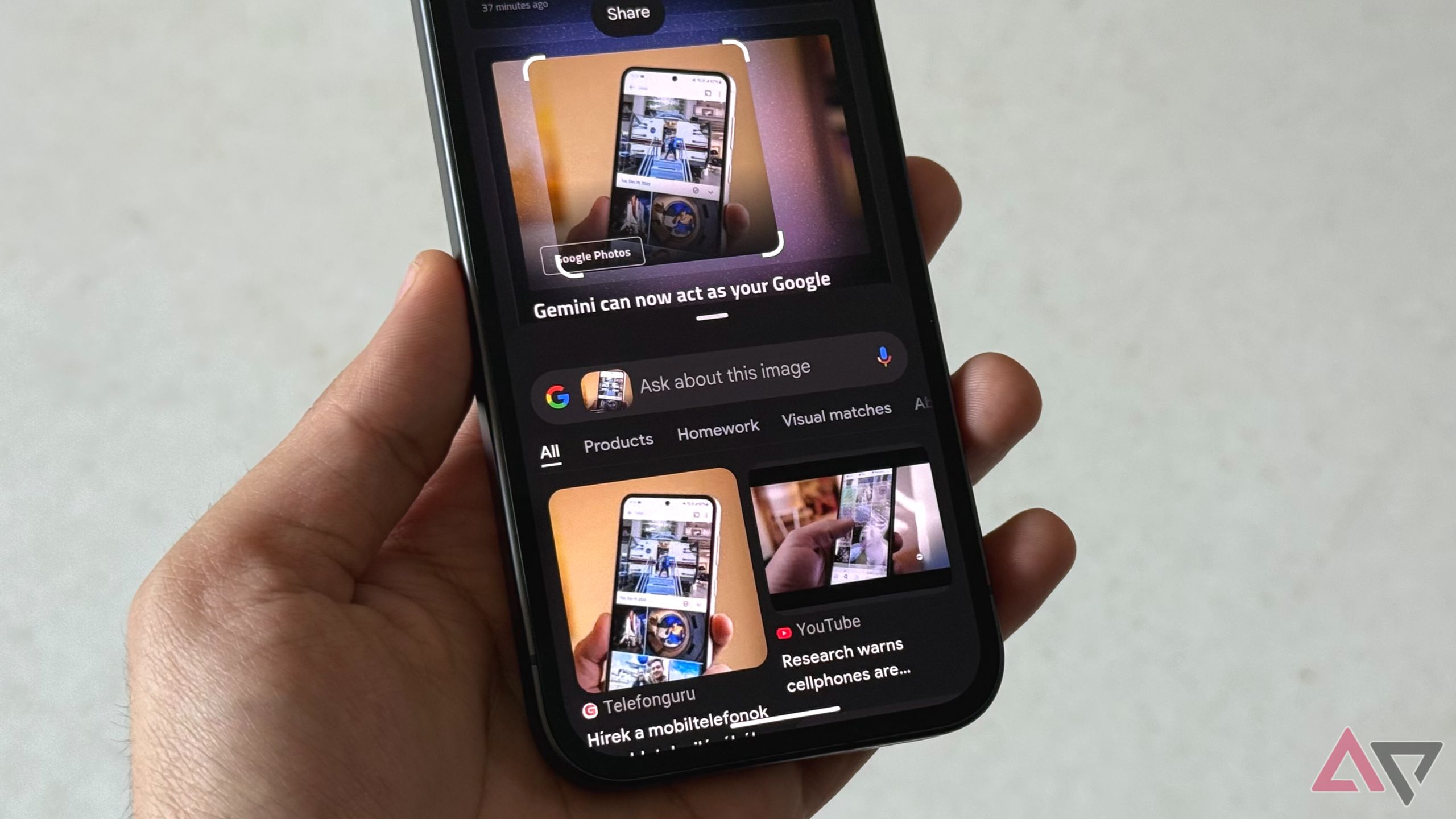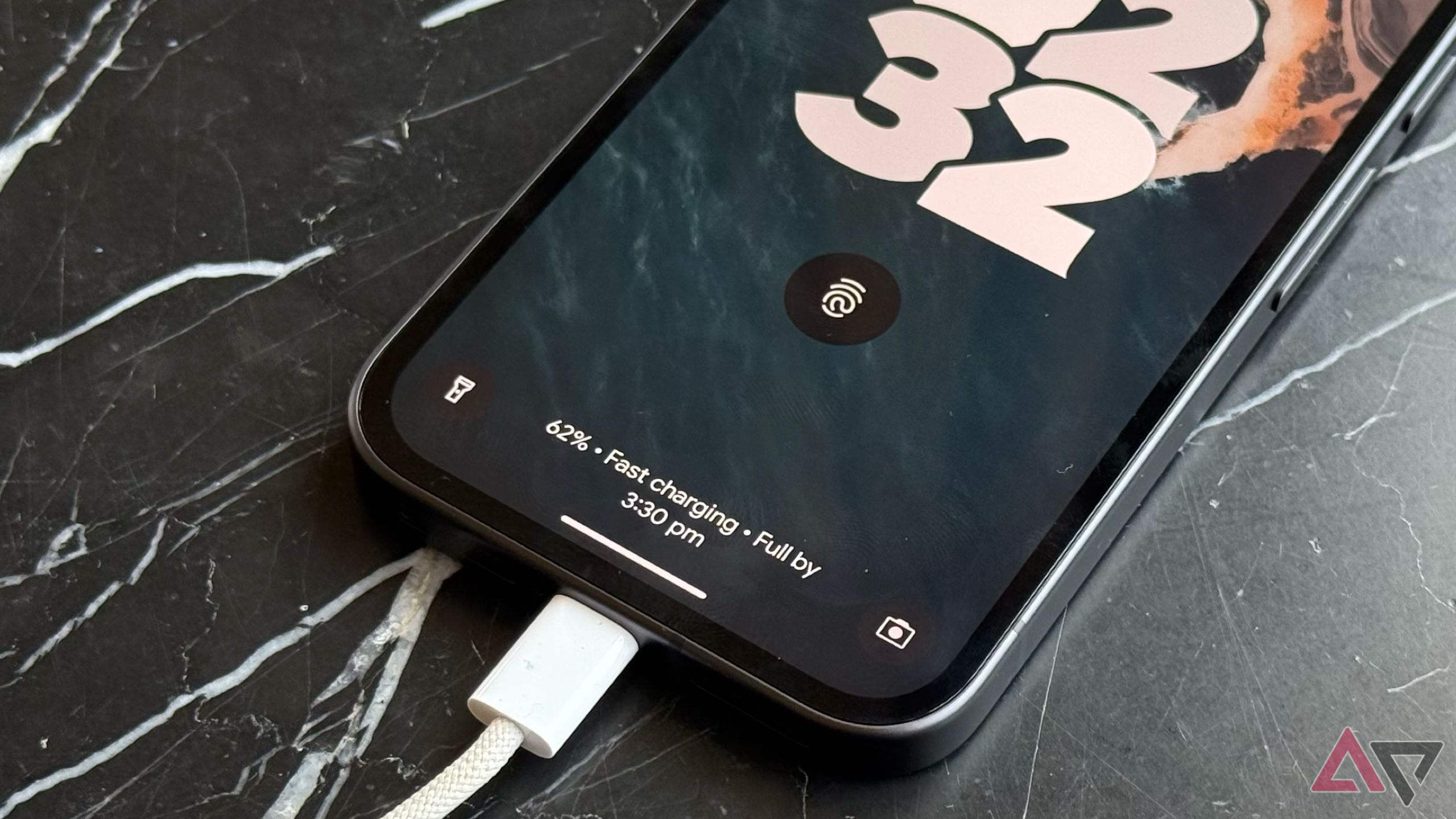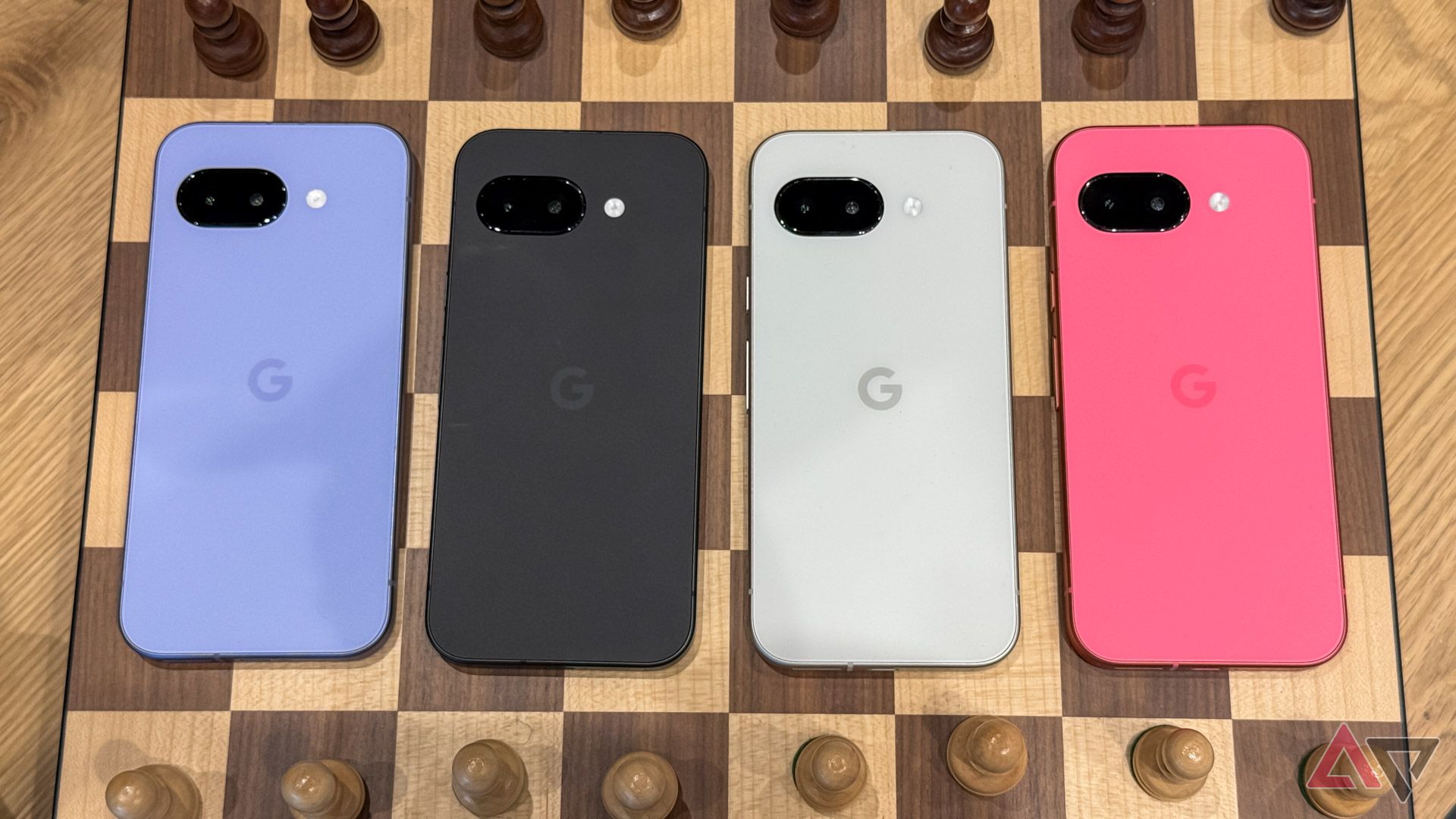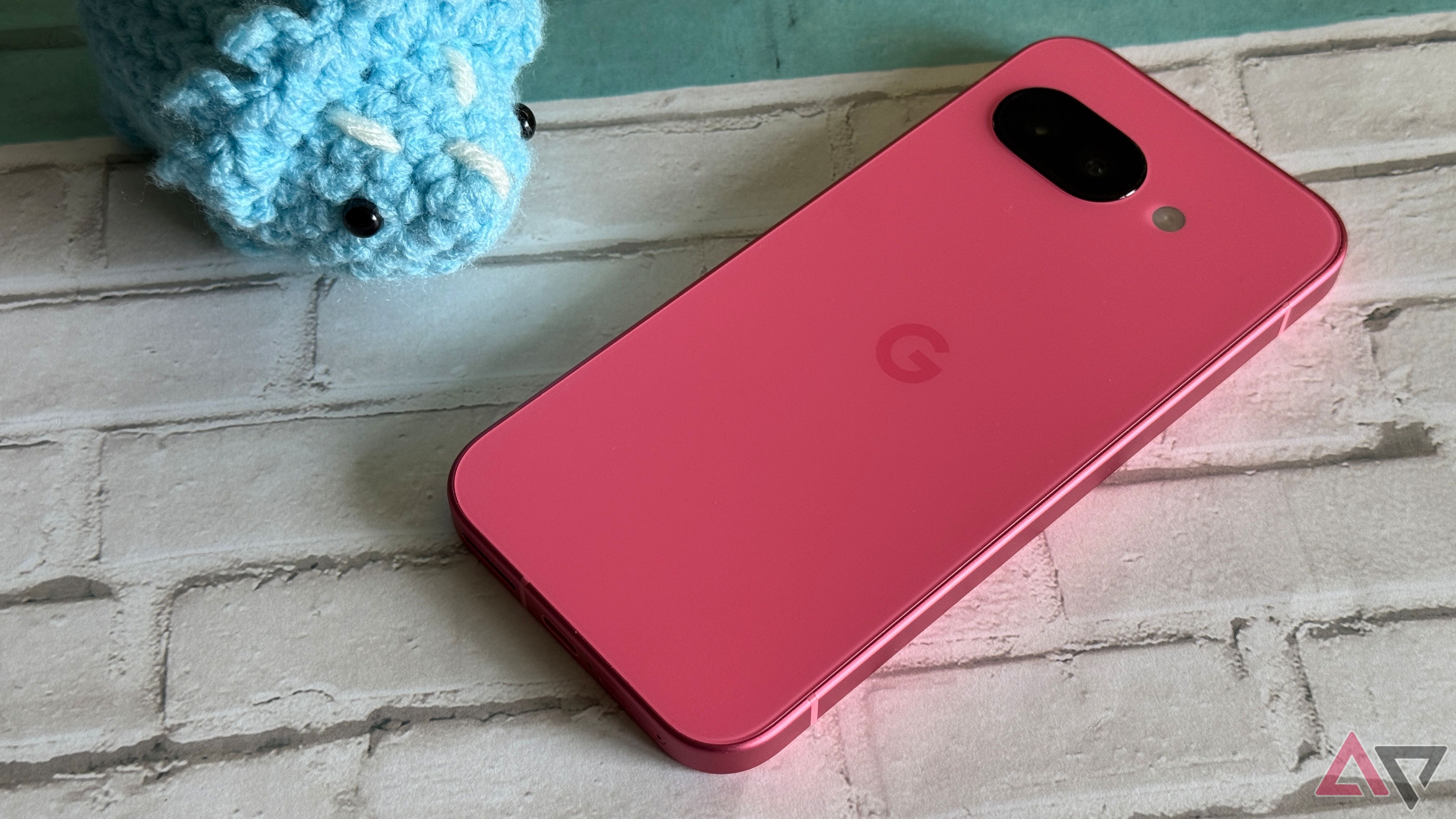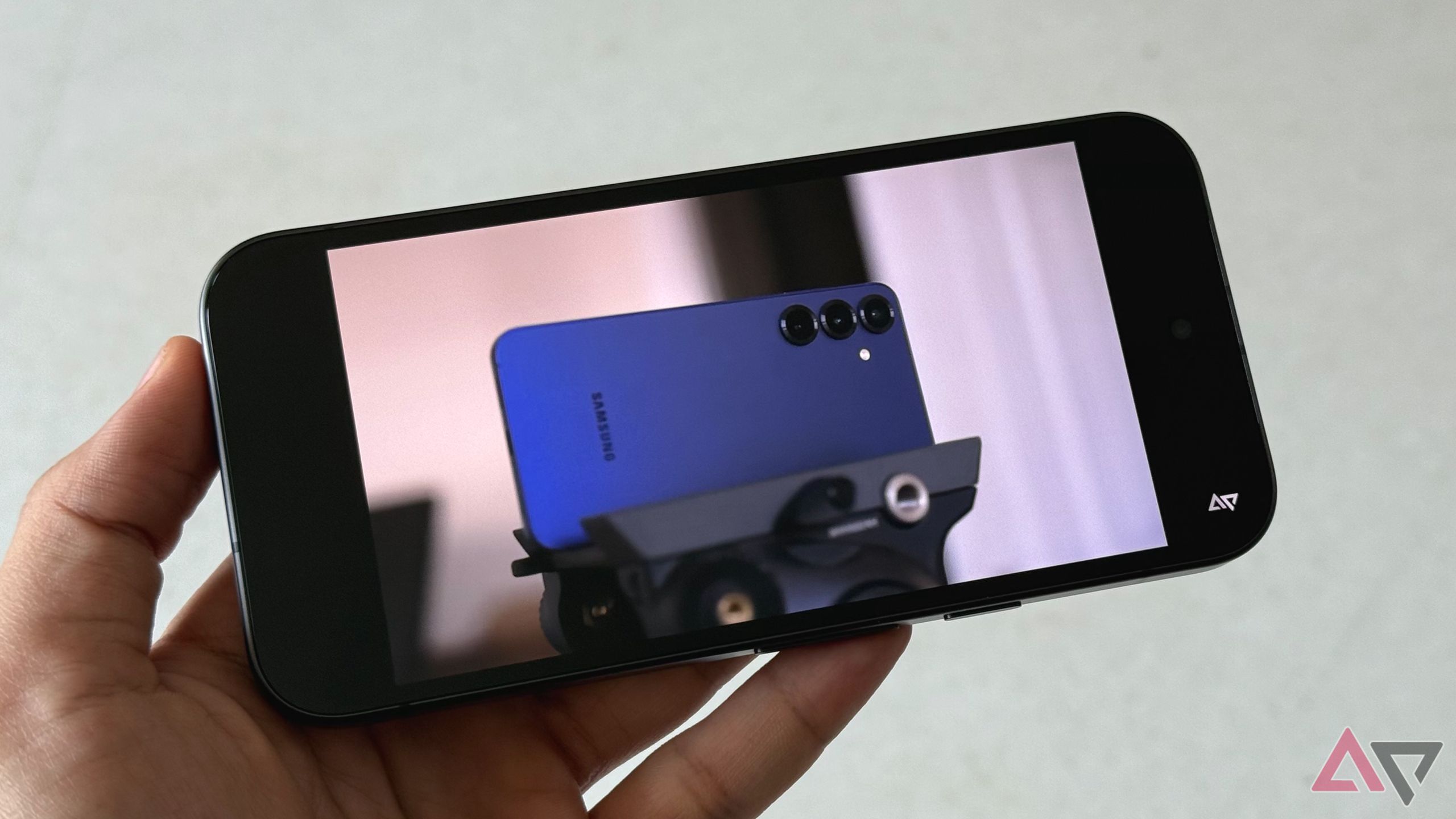When it comes to affordable Android smartphones, there are plenty of great choices on the market right now. While this segment still isn’t as packed with options in the US as it is in other countries, there are still several solid budget-friendly phones available Stateside.
While smartphones like the OnePlus 13R are chasing the flagship killer crown, Google’s vision for midrange devices has been clear for a couple of years. The A-series Pixel delivers a toned-down flagship experience while retaining the best bits.
As expected, Google has taken the same approach with this year’s Pixel 9a, but with some significant changes, especially in the design and overall software experience. I’ve been using the Pixel 9a as my daily driver for a week, and here’s everything I love about this phone (and what I don’t).
This design feels like a step backward
Bring back the bold camera visor, please
When the renders for the Pixel 9 and 9 Pro leaked last year, I was initially thrown off. The design looked more like an iPhone, and I wasn’t a fan of the change or the renders in general. But after spending a month with the Pixel 9 Pro XL, the design grew on me, and it turned out to be a classic case of “don’t judge a book by its cover.”
I was expecting the same thing with the Pixel 9a, but that didn’t happen. When the first renders appeared, I wasn’t impressed. Google ditched the Pixel 8a’s camera visor, which gave last year’s model (and the whole Pixel series in general) a distinct look, and replaced it with something that feels plain and forgettable.
Now, after using the Pixel 9a for a week post-launch — and having briefly used it during its earlier pre-release phase before the delay — the design still hasn’t grown on me.
The Pixel 8a looked iconic to me. Its camera visor, paired with a compact form factor, gave it a unique identity that no other midrange Android phone matched last year. The Pixel 9a, on the other hand, opts for a minimal camera bump that almost sits flush with the back. Sure, it wobbles a little less on flat surfaces, but I miss the bold look.
That said, the in-hand feel of the Pixel 9a is great. It still offers a compact-ish phone feel, even with a slightly larger footprint. Similar to the flagship Pixel 9 models, the curved edges from the Pixel 9a are also gone, replaced with a flat-edge design. But thankfully, the edges don’t feel too sharp or uncomfortable in hand.
Less AI, but still a very Google Pixel experience
Even with fewer AI features than the flagships, the Pixel 9a holds up
The Pixel 9a runs on the same Tensor G4 chip found in the premium Pixel 9 Pro models. However, to keep the cost down, Google had to cut a few corners. One such cut is in the memory department. The Pixel 9a has 8GB of RAM compared to the 12GB (or more) in other Pixel 9 devices. As a result, it lacks support for the same higher-end on-device Gemini Nano AI model as the other Pixel 9 models.
This means the Pixel 9a doesn’t include some of the new on-device AI features like Pixel Screenshots, multimodal understanding, Call Notes, and more. That said, throughout my week with the Pixel 9a, I barely noticed their absence.
Most of the Pixel-specific tools I actually use are still available on the Pixel 9a. These include Circle to Search, AI-generated wallpapers, object eraser in Google Photos, clear calling for background noise removal, and Now Playing for identifying songs are all present and work just as well here.
Unless you’re someone who truly needs advanced on-device AI tools, the lower price of the Pixel 9a makes a lot of sense. It still feels like a Google Pixel, thanks to the signature software experience, clean and smooth UI, and seven years of OS updates.
This is the best Pixel battery by far
A Google phone that lasts all day, finally
One of the best things about the Pixel 9a is that it comes with a large 5,100 mAh battery. This is the biggest ever in a Google Pixel phone — yes, even larger than the Pixel 9 Pro XL, which houses a 5,060 mAh cell. And thankfully, this impressive capacity translates into exactly what you’d expect: the best battery life of any modern Pixel by a noticeable margin.
My Pixel 9a unit easily lasted a full day on a single charge, even with heavy usage. That included lots of calls, texts, social media scrolling, and watching a full two-hour soccer match, along with occasional YouTube streaming — split between 5G and Wi-Fi. On one of my lighter-use days, I even managed to stretch it to nearly a day and a half before needing to charge.
Other Pixel 9 models — and most Android phones, for that matter — offer reliable battery life. But if you’re picking up a Google Pixel and also want strong battery endurance, the Pixel 9a is one of the best options out there.
The Pixel 9a isn’t the default choice just yet
There’s still room for improvement here
Like every Android phone, the Pixel 9a has its fair share of trade-offs, and a few of them hold it back from being the default Android midrange recommendation. If you noticed, I didn’t talk about charging in the battery section above, it’s because charging is one of the weakest points of this phone.
Yes, the 5,100 mAh battery lasts long and easily delivers a full day of use, but the charging speed is capped at 23W. While it is better than the Pixel 8a, it’s still slower. Charging from 0-100% takes nearly two hours, which feels too slow for any modern smartphone.
Even a modest upgrade like the Pixel 9 Pro XL’s 37W charging would’ve made a big difference, but Google continues using outdated charging tech in its budget phones. This is especially inconvenient in emergencies when you need a quick top-up.
There are other shortcomings too. The display bezels on the Pixel 9a are some of the thickest I’ve seen on a modern smartphone, including devices cheaper than this one. Watching YouTube videos in the landscape on the Pixel 9a sometimes feels like using a phone from five years ago. Even phones like the Moto Edge, which costs about the same, come with noticeably slimmer bezels. It’s surprising that Google hasn’t addressed this yet.
Then there’s the build quality. The Pixel 9a still uses Gorilla Glass 3, which dates back nearly a decade, and the back is made of plastic, just like the Pixel 8a. While the plastic back isn’t much of an issue, since most users will be using a case anyway, the screen protection is underwhelming for a 2025 smartphone priced at $500. At the very least, Google could have upgraded it to Gorilla Glass Victus or Victus+, especially since competitors like the Samsung Galaxy S24 FE offer it at a similar price.
That said, for $500, the Pixel 9a still delivers tremendous value. You get fast and long-term OS updates, a clean stock Android experience, one of the best midrange cameras, excellent battery life, and a solid set of Pixel-exclusive features.
Sure, there’s room for improvement, especially when it comes to charging speeds, bezels, and build quality, but for 2025, Google has still managed to deliver a compelling, affordable Android smartphone that checks most of the right boxes.
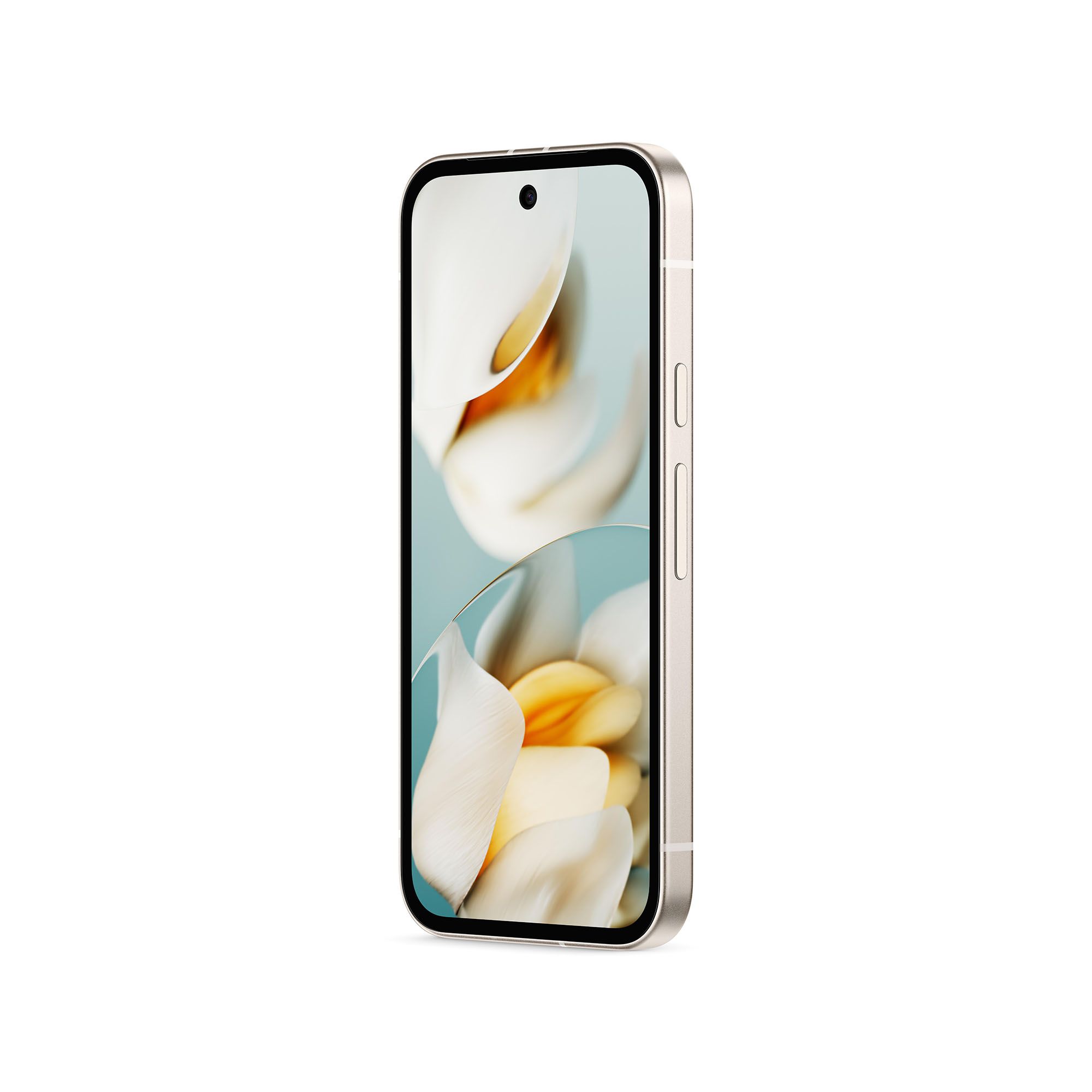
The Google Pixel 9a ditches the camera visor design from the Pixel 8a, opting for a flatter back. It features a huge 6.3-inch display, which is brighter than the previous generation and is powered by the new Tensor G4 chipset. Google has also packed in the largest battery ever in a Pixel device. This might just be the best $500 smartphone we’ve seen yet in recent years.


